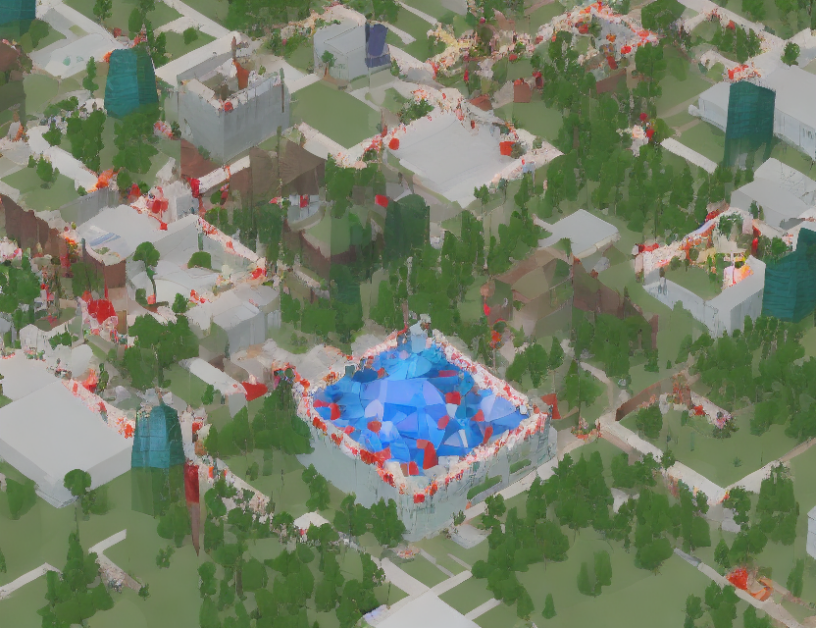In this article, the authors explore the relationship between data size and machine learning model performance. They investigate how much data is required to train a model that can accurately classify images, and how different factors such as dataset size, model complexity, and optimization methods impact the model’s performance. The authors analyze various datasets and compare the results, providing insights into the tradeoffs between data size and model accuracy.
The article begins by discussing the challenges of estimating the required amount of data for machine learning tasks. The authors explain that simply having more data is not always better, as there is a point of diminishing returns where additional data provides little to no improvement in accuracy. They propose a probabilistic method to predict classifier accuracy based on the size of the dataset and other factors such as model complexity and optimization methods.
The authors then explore the relationship between data size and model performance using several datasets, including a large-scale image database called ImageNet. They find that while more data generally leads to better model performance, there is a point where additional data provides little to no improvement in accuracy. They also demonstrate that different factors such as dataset size, model complexity, and optimization methods impact the relationship between data size and model performance.
The authors also investigate the problem of overfitting, where a model becomes too complex and performs well on the training data but poorly on new data. They show that using regularization techniques such as L1 or L2 regularization can help prevent overfitting and improve the generalization of the model to new data.
Finally, the authors discuss the implications of their findings for downstream tasks such as image classification, object detection, and segmentation. They argue that while more data is generally better, there are practical limits to how much data can be collected and used for training, and that a careful balance must be struck between data size and model accuracy.
In conclusion, the authors provide a comprehensive analysis of the relationship between data size and machine learning model performance, and offer practical insights into how to estimate the required amount of data for different tasks. Their findings have important implications for the development and deployment of machine learning models in a wide range of applications.
Computer Science, Machine Learning
Predicting Classifier Accuracy with Truncated Normal Prior



